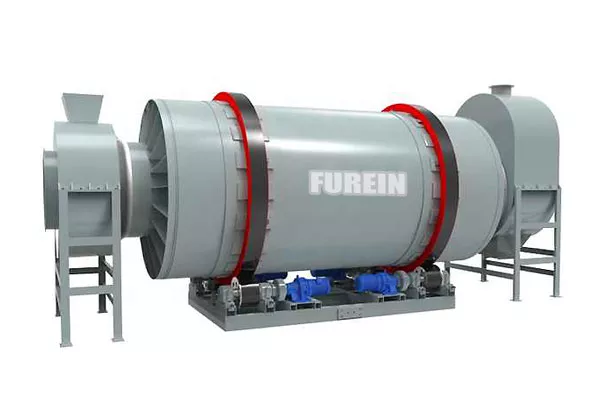Can desert sand be used to make putty powder?
First, let’s understand the main ingredients and uses of putty powder. Putty powder mainly consists of materials such as talcum powder and glue, which are commonly used for leveling indoor walls. These materials are usually finely processed and screened to ensure quality and performance.
Next, let’s look at desert sand. Sand in the desert is mainly composed of quartz, feldspar, and other minerals, and its particle size and shape differ greatly from that of talc in putty powder. In addition, desert sand may contain various impurities and harmful substances, such as salts and alkalis, microorganisms, etc., which may negatively affect the performance of putty powder.
Considering the requirements of putty powder on materials, such as fineness, purity, and stability, it is obvious that desert sand is difficult to meet these standards. The use of desert sand to make putty powder may deteriorate the performance of putty powder, such as reduced strength and susceptibility to cracking, thus affecting the quality and aesthetics of the wall.
In summary, although desert sand is abundant, it is not recommended to be used for making putty powder due to the limitation of its quality and properties. If you want to produce putty powder in large quantities, to ensure the quality and performance of the wall, we should choose qualified materials that have been professionally processed and screened to make putty powder.
Can desert sand be used for construction?
- There are certain restrictions on the use of desert sand in the construction field. While sand is one of the common materials used in the construction industry, desert sand is not suitable for all construction uses.
- Desert sand is finer-grained and generally does not meet the standards for construction sand. Construction sand usually requires moderate and uniform particle size to ensure the strength and stability of construction materials such as concrete. The sand in the desert is often too fine and lacks sufficient strength and stability, making it unsuitable for building structures that need to withstand heavy pressure or be used for a long time.
- Desert sand can contain high concentrations of salt and other harmful substances. These substances may hurt the performance of building materials, such as corroding steel bars and reducing the durability of concrete. These problems can lead to structural damage and safety hazards.
- Desert sand can also be affected by weathering and erosion, causing its quality and properties to degrade. These factors may limit the use of desert sand in construction.
However, some innovative technologies and methods are exploring the possibility of using desert sand for construction. For example, some researchers are studying how to use desert sand to create lightweight, high-strength building materials, or to remove harmful substances from the sand through special treatments. Developments in these technologies may provide new opportunities and solutions for construction applications of desert sand.
To sum up, desert sand is generally not suitable for building houses because the particles of desert sand are usually too fine to combine into a strong building material. The sand usually used in building materials is river sand or mineral sand that has been dried and screened to ensure the strength and stability of the building. If you need to build a house in the desert, it is recommended to choose other suitable building materials.



